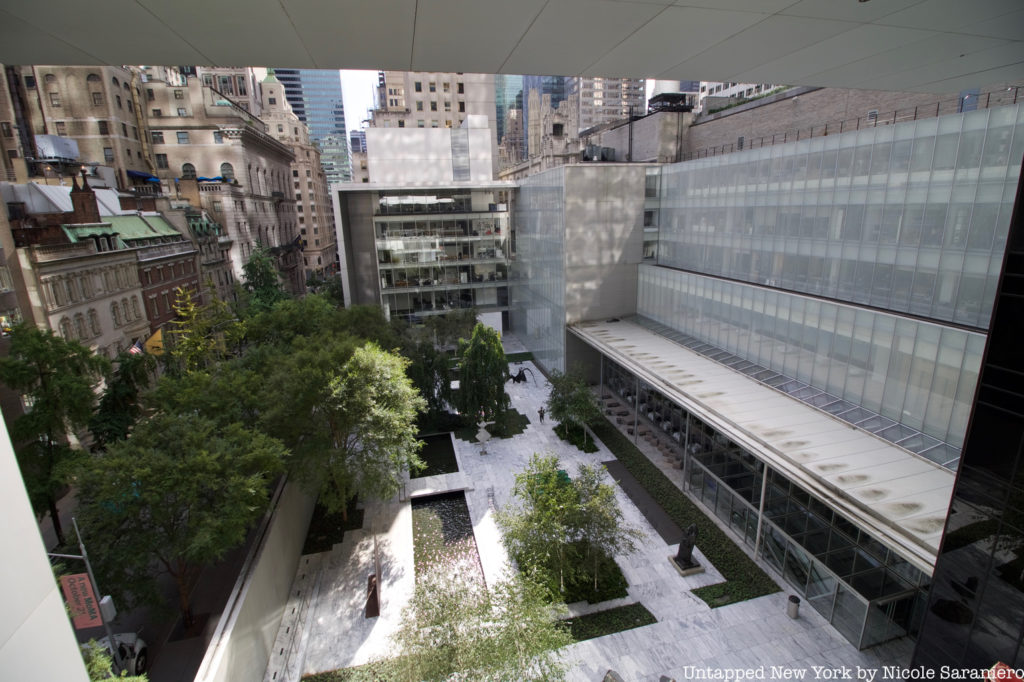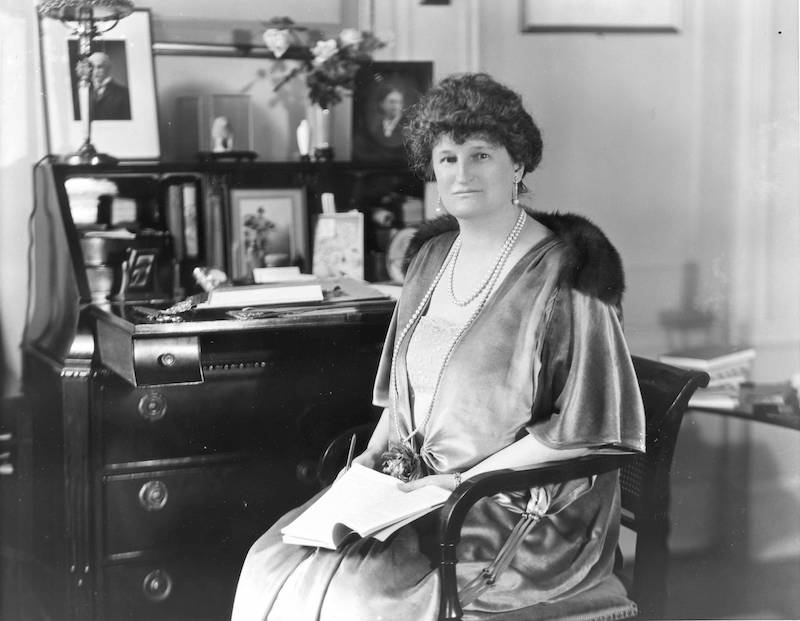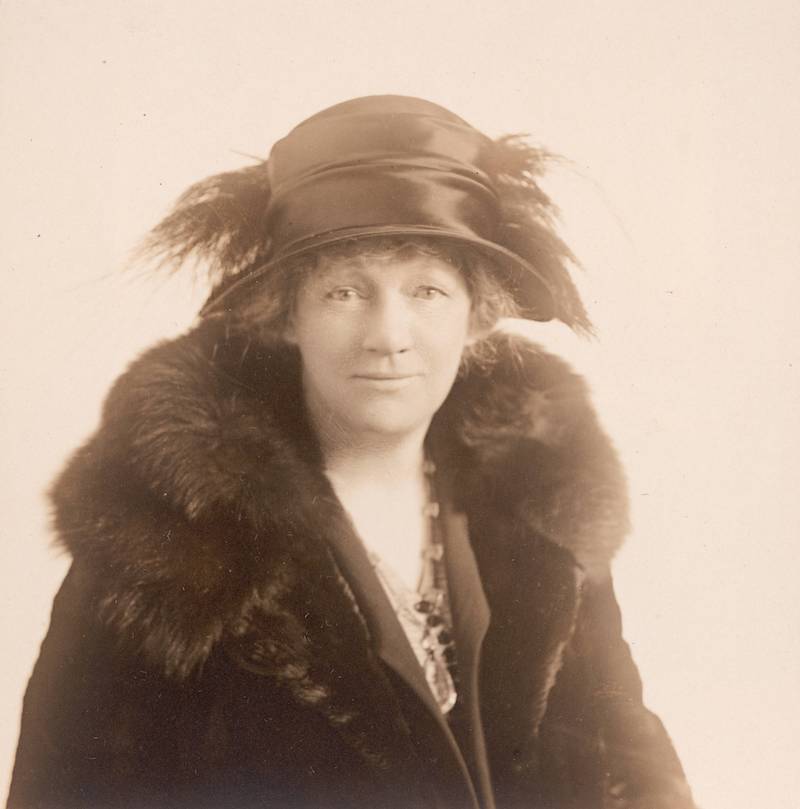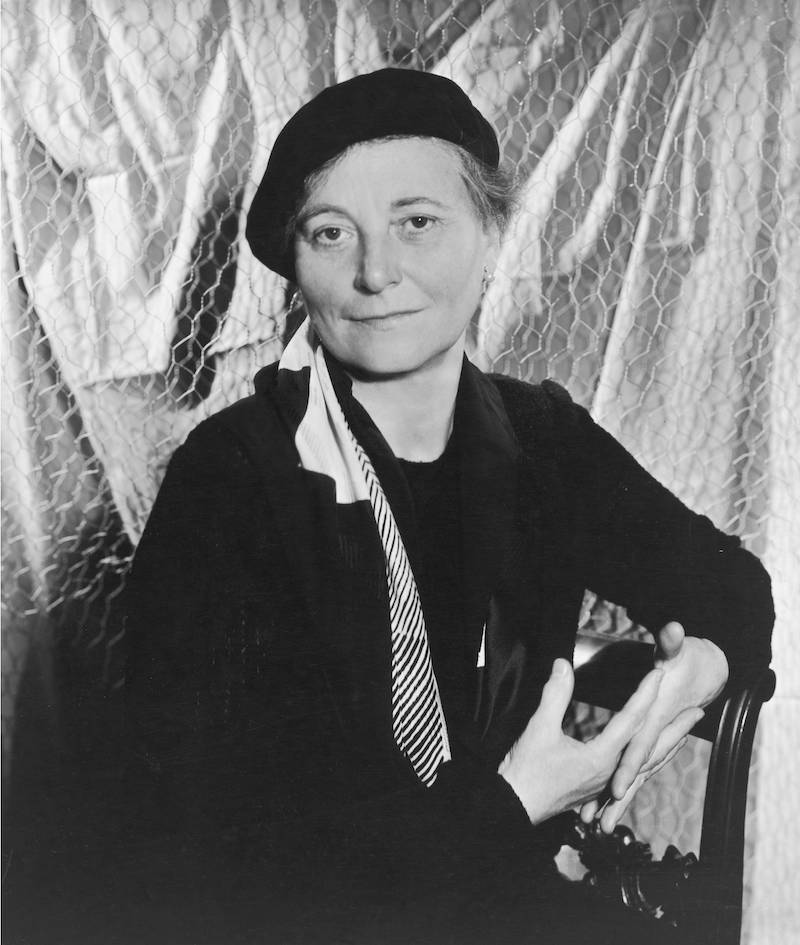
More than two million people visit New York’s Museum of Modern Art (MoMA) every year — and it’s not hard to understand why. This powerhouse art institution was the city’s first museum focused exclusively on modern art. Inside its hallowed halls, it houses masterpieces by some of the greatest artists to ever live, including Henri Matisse, Pablo Picasso, and Vincent Van Gogh, to name just a few. Its sculpture garden designed by legendary architect Philip Johnson is an attraction in and of itself.
Following a $450 million expansion by Diller Scofidio + Renfro in collaboration with Gensler to their space on West 53rd St, which added 45,000 square feet of space in 2019, the museum has one-third more gallery space than the institution’s original 80-year-old floor plan. The recent re-opening introduced visitors to the new David Geffen Wing – an expansion that occurred with the takeover of the previous American Folk Art Museum on West 53rd Street. Visitors also have entry to The MoMA PS1, based just across the East River in Long Island City, Queens, with their ticket for The MoMA. The MoMA PS1 exclusively shows work by contemporary artists – and was the first nonprofit museum in the United States to focus solely on contemporary art. The MoMA as an institution continues to become bigger and more important than ever. Yet, even if you’ve visited the museum many times, you might have missed some of its more curious works or glossed over some of its history. We dug up ten fascinating secrets about the museum, from its founders to its brush with the Oscars.
1. The MoMA was founded by three women
The MoMA is one of the most important art museums in New York City — and was the city’s first museum dedicated to modern art. So it may come as a bit of a surprise that it was founded not by wealthy men like J.P. Morgan (one of the founders of the Metropolitan Museum of Art) but by three women. Abby Aldrich Rockefeller, Lillie P. Bliss, and Mary Quinn Sullivan decided over lunch in 1928 to create a museum focused on modern art, inspired by European institutions like the Musée du Luxembourg in Paris.
Less than a year later, the Museum of Modern Art opened on the 12th floor of a Fifth Avenue office building. The museum relied on donations, as there was no money for purchases. The first works to join the collection were eight prints and drawings donated by Paul J. Sachs. When Lillie P. Bliss died, she bequeathed her collection of Post-Impressionist works, many of which still hang in the museum today.








